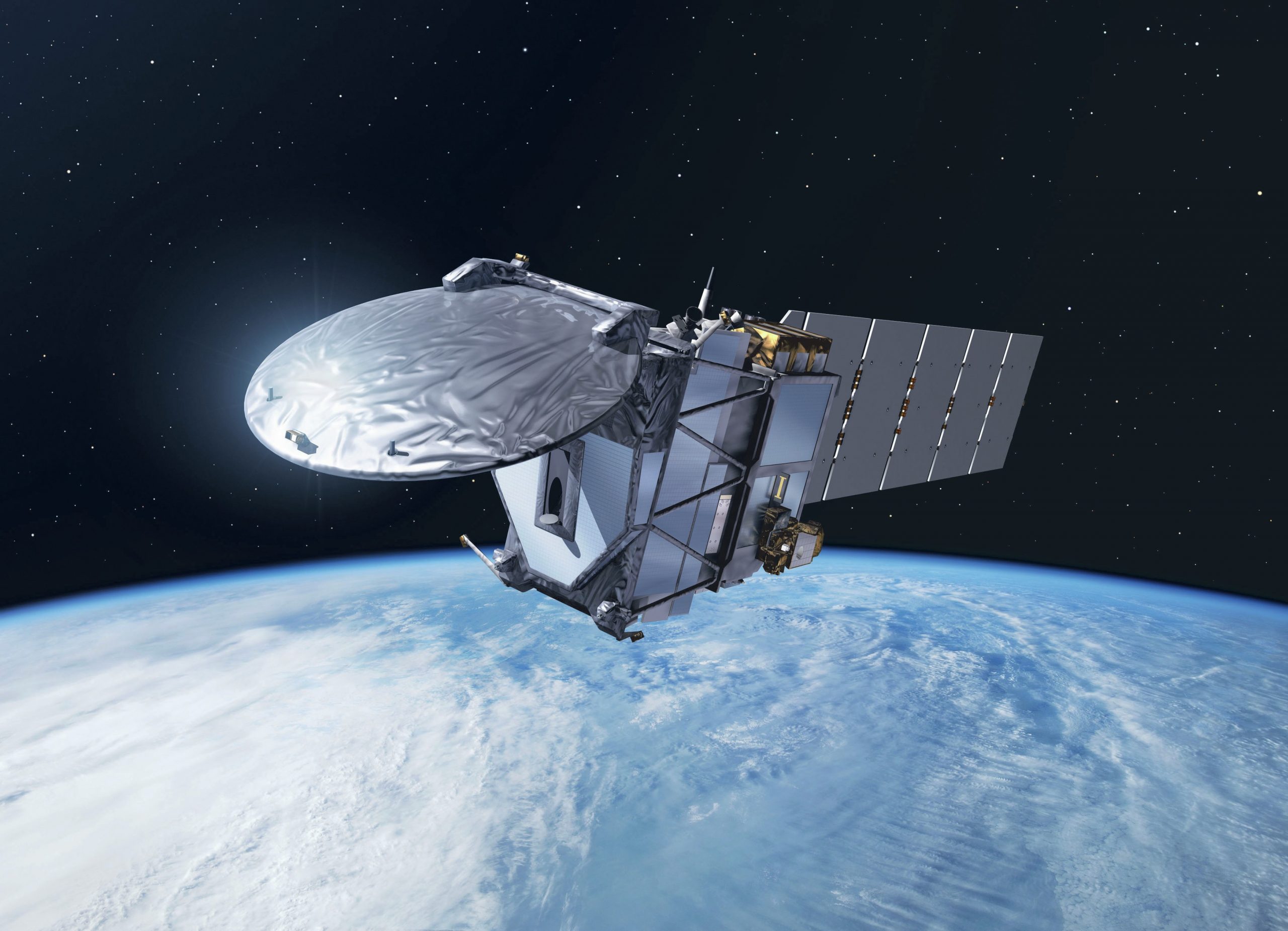
Clouds and small droplets (aerosols) in the atmosphere have a major role in the Earth’s climate as they trap and reflect solar radiation. Figure 1 shows the joint Japansese–ESA EarthCARE (Earth Clouds, Aerosols and Radiation Explorer) satellite, due for launch by 2022. This mission will use radar, lidar (reflection of light pulses) and high-resolution visible and infrared imaging to collect data on natural and synthetic aerosols, and on motion, heating and cooling within the atmosphere. The dominant feature of EarthCARE is its radar antenna, which measures 2.5 m. The reflectors for detection and imaging using infrared and visible radiation (Figure 2) are machined to high precision. To minimise any distortion due to changes in temperature they are made from Invar — an alloy that expands and contracts very little when heated or cooled.
Inside this issue of PHYSICS REVIEW you can read more about our climate and atmosphere. On pages 2–5 Carol Tear looks at some factors that can change the climate, and how scientists study our climate to model those changes, while on pages 6–9 Ron Holt explores how aircraft vapour trails are formed and how they can contribute to global warming. Then on pages 26–29 Rick Marshall explains the process of natural convection.
Your organisation does not have access to this article.
Sign up today to give your students the edge they need to achieve their best grades with subject expertise
Subscribe
